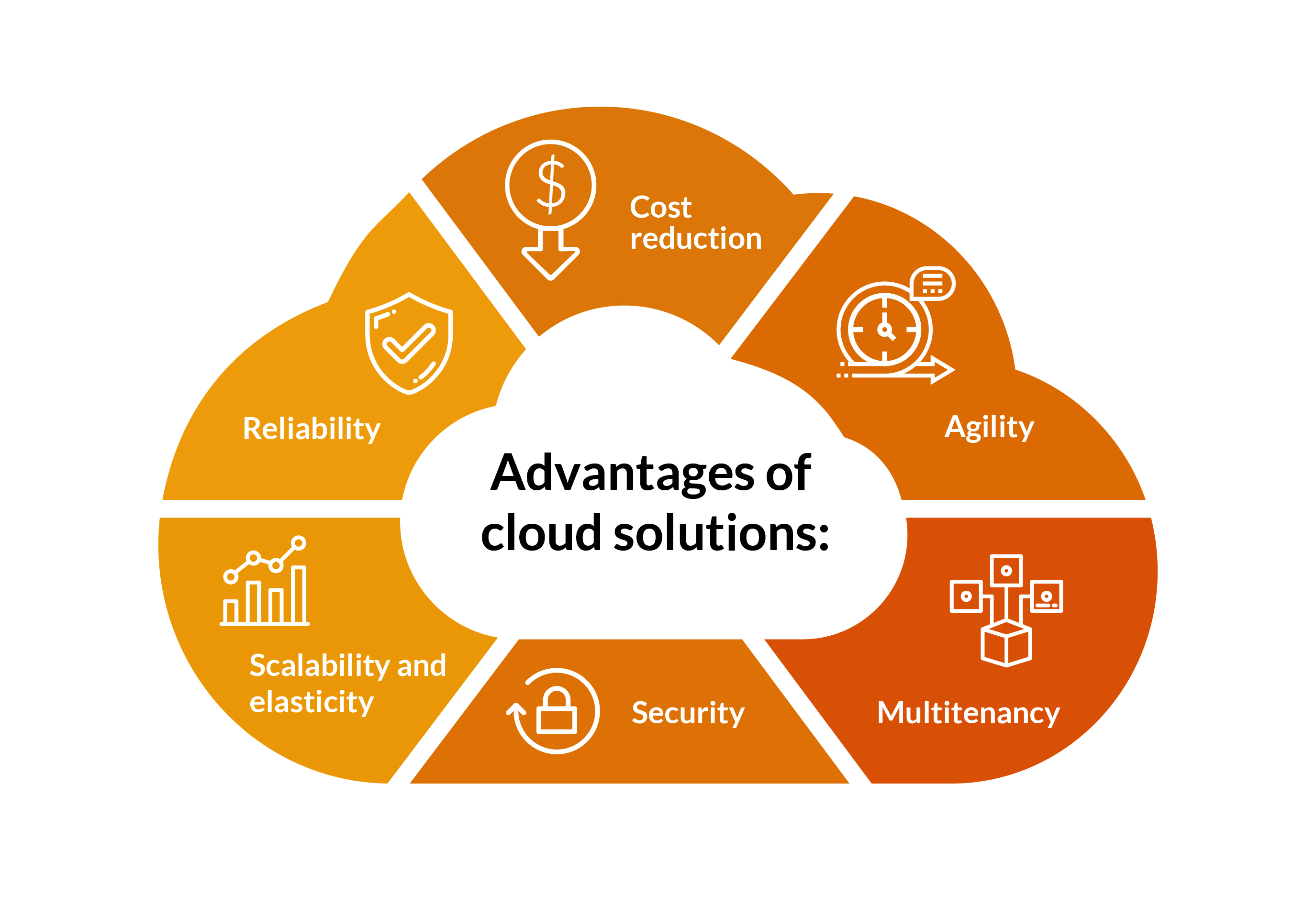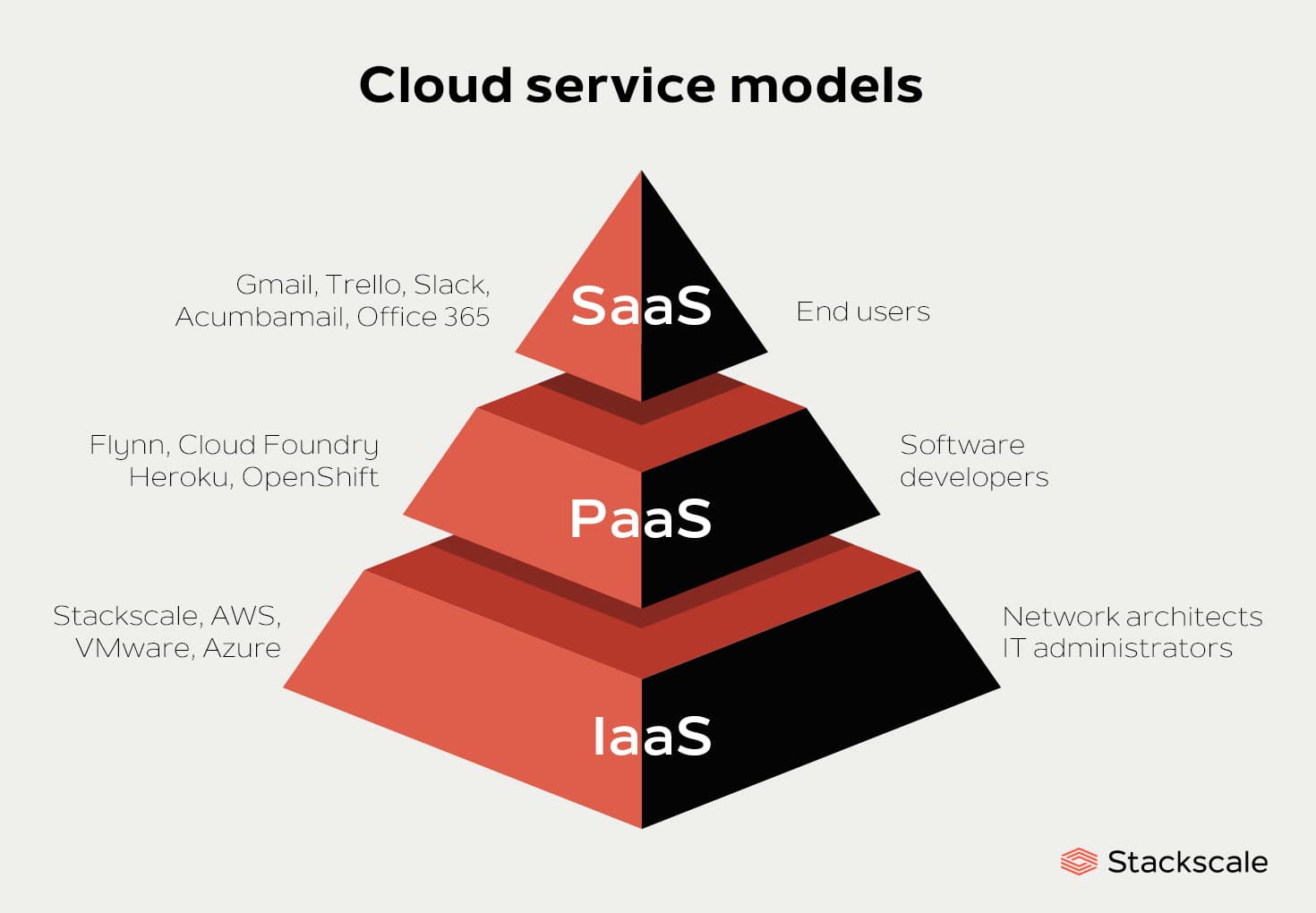LinkDaddy Cloud Services: Redefining Universal Cloud Service Monitoring
Streamline Workflow With Robust Cloud Services
Welcoming robust cloud solutions offers a calculated possibility for companies to enhance their procedures and remain in advance of the curve. By harnessing the power of cloud solutions, companies can attain a level of operational agility that is important for sustained growth and competition in the electronic age.
Advantages of Cloud Services
Cloud solutions use numerous advantages to individuals and businesses looking for adaptable and efficient remedies for data storage and management. One key advantage is the scalability that cloud services give, permitting users to conveniently adjust their storage and computing needs as their needs evolve. This flexibility allows companies to scale up throughout peak times and reduce throughout slower periods, optimizing sources and prices.
Furthermore, cloud services use enhanced availability to applications and data. Customers can access their details from anywhere with an internet connection, advertising partnership amongst employee functioning remotely or in different places. Cloud Services. This availability also boosts performance by enabling seamless work procedures without being tied to a details physical location
Furthermore, cloud services commonly feature automatic updates and upkeep, lowering the worry on IT departments and guaranteeing that systems are up-to-date and safe. This aggressive approach to maintenance helps businesses remain competitive and safe and secure in an ever-evolving technical landscape. In general, the benefits of cloud services make them a beneficial property for services wanting to simplify procedures and boost efficiency.

Improved Data Protection Measures
Implementing robust security protocols and gain access to controls is necessary for making certain data protection in cloud services. By encrypting data both en route and at rest, companies can secure delicate details from unauthorized access. Access controls aid limit that can view, modify, or delete information, including an added layer of protection. Multi-factor authentication further improves information security by requiring extra confirmation actions past a password.
Routine security audits and monitoring are essential to determining and resolving possible vulnerabilities quickly. By continually keeping an eye on for uncommon activities, organizations can react and spot to safety risks in real-time, decreasing the risk of data breaches. Information loss prevention devices can additionally aid avoid malicious or unexpected information leakages by checking and blocking delicate information from being shared outside the company.
Educating employees on best security techniques is vital in keeping information safety and security. Cloud Services. Enlightening personnel on how to recognize phishing attempts, producing solid passwords, and safely handling information can considerably reduce the possibility of safety incidents. Overall, a detailed approach that integrates security, gain access to controls, tracking, and employee training is key to boosting data security in cloud services
Scalability and Adaptability Solutions
To satisfy the demands of developing organization demands, companies are progressively seeking adaptable and scalable options within their cloud solutions facilities. Scalability and adaptability are critical components that allow organizations to adapt to transforming needs efficiently. Cloud solutions provide the advantage of conveniently scaling sources up or down based on demand, enabling organizations to enhance performance and cost-effectiveness.
One secret service for scalability is making use of auto-scaling abilities, where cloud sources automatically adapt to meet rising and fall workloads. This ensures that companies can keep regular efficiency without over-provisioning resources. In addition, cloud services provide versatility by using a variety of services and release alternatives, permitting businesses to tailor their facilities to certain demands. This flexibility enables organizations to try out different arrangements and technologies to locate the optimal arrangement for their procedures.
Cost-Effectiveness and Resource Optimization
Achieving cost-effectiveness and maximizing sources are extremely important factors to consider for companies when handling their cloud solutions infrastructure. Cloud solutions use the advantage of price adaptability, permitting services to pay just for the sources they use, which can result in considerable cost financial savings compared to standard on-premises solutions. By leveraging cloud services, companies can maximize their resource allocation, scaling up or down based upon demand to prevent over-provisioning and unneeded costs. Furthermore, cloud service providers usually offer numerous rates designs, such as reserved or pay-as-you-go instances, enabling organizations to pick the most cost-efficient alternative based upon their use patterns.
Resource optimization in the cloud entails efficiently using calculating power, storage, and networking abilities to fulfill performance requirements without overspending on unnecessary sources. Carrying out automation devices and keeping track of systems can help companies track source use in real-time, determine inefficiencies, and make adjustments to enhance operations and minimize costs. By constantly enhancing resources and monitoring expenses, organizations can guarantee they are making best use of the cost-effectiveness of their cloud services see here now facilities while preserving high efficiency degrees.
Integration Strategies for Seamless Procedures
In order to ensure effective and smooth operations, organizations need to purposefully prepare and execute combination strategies for their cloud solutions infrastructure. Assimilation plays an essential role in integrating numerous elements of a business's IT environment, making sure that different systems, applications, and data resources can interact flawlessly. One vital technique for achieving seamless integration is making use of application shows interfaces (APIs) to promote the interaction between various software application elements. APIs allow the sharing of data and functionalities between applications, advertising interoperability and improving procedures.
Moreover, embracing middleware services can help bridge the space in between inconsonant systems by working as a communication layer that assists in information exchange and synchronization. This middleware layer can enhance connectivity and enable real-time data flow between devices, applications, and data sources. Additionally, leveraging assimilation platforms as a service (iPaaS) can simplify the combination process by providing pre-built connectors and devices for incorporating cloud services with on-premises systems.
Conclusion
To conclude, leveraging durable cloud solutions offers companies countless benefits such as enhanced data safety and security, scalability, cost-effectiveness, and smooth assimilation approaches. By enhancing effectiveness and performance, companies can adjust resources to satisfy transforming demands and drive overall click reference success. With streamlined operations and improved functional agility, organizations can effectively browse the ever-changing service landscape and stay affordable in today's digital era.
Cloud solutions use the advantage of easily scaling sources up or down based on need, allowing organizations to maximize efficiency and cost-effectiveness.
In addition, cloud solutions supply adaptability by offering a large array of solutions and deployment choices, enabling companies to customize their infrastructure to certain needs. By continually enhancing sources and surveillance expenses, companies can ensure they are taking full advantage of the cost-effectiveness of their cloud solutions infrastructure while keeping high efficiency levels.
Additionally, leveraging integration systems as a solution (iPaaS) can simplify the combination process by providing pre-built connectors and devices for click for more info integrating cloud services with on-premises systems.
